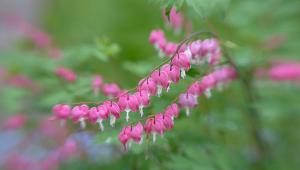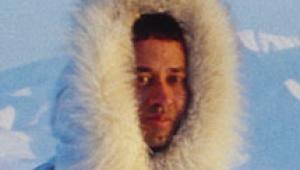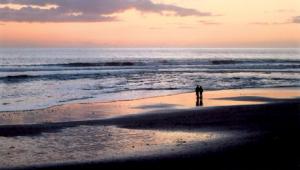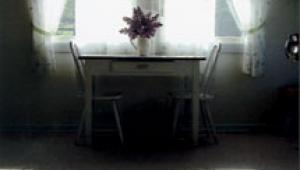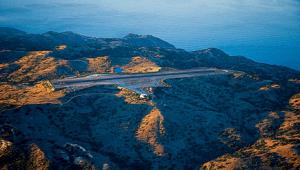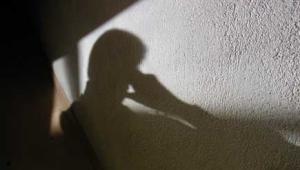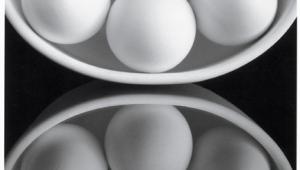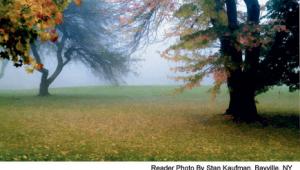Meeting the Challenges of the Wild; Don Gale's Outdoor Photo Techniques Page 2
 |
 |
||
|
|
Cameras, Lighting & Filters
Gale says that in the days when he shot predominately film, his 35mm SLR used
to be his backup camera. His primary film cameras in the studio were the medium-format
Mamiya RZ67 and RB67. "Now, all I'm shooting with is my Fujifilm
FinePix S2 Pro digital SLR," he says, adding that he uses his digital
camera about 80% of the time these days, and his film camera (the Nikon N90)
is his backup. Of the 6.1-megapixel S2, he says, "The results are amazing."
This camera is built on the Nikon platform, and utilizes interchangeable lenses.
For years, Gale used Nikon SLR bodies and Tamron lenses, and uses his Tamron
lenses today with the S2. He also enjoys the S2's video-out feature, which
enables him to show his work immediately to students--he can send images
to a TV set or computer monitor.
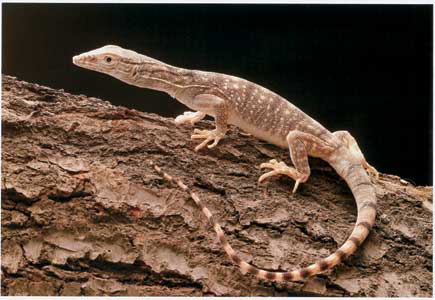 |
|
|
In the wilderness, Gale says he uses available light most of the time. But when working with close-up subjects like flowers, he sometimes uses reflectors. At times, he's even used white t-shirts, mirrors, or white paper ("anything you might have with you while traveling"). There are times when he also utilizes his Nikon SB-26 flash, or a Quantum Qflash with a TTL module for Nikon "with up to 400 watt-seconds." Gale says he uses flash when he wants to illuminate dark foregrounds that could present a contrast problem in the final image. Whenever possible, he'll also use flash for nearby wildlife that "needs a little light." Gale uses specialized adapters with flash, such as a telephoto adapter that increases his flash's light output by a couple of stops. "Having a studio lighting background made the transition to serious outdoor photography much easier," Gale observes.
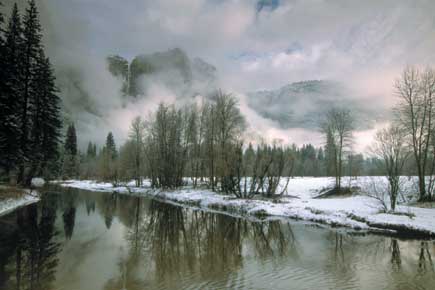 |
|
|
Filters are also tools that he finds indispensible in scenic photography,
"but not the gimmicky stuff." (Gale likes Lee filters and its adapter
system.) He says that his most important filter is a polarizer, which he uses
in about half his photos. Besides yielding bluer skies and reducing reflections,
he finds the polarizing filter useful for intensifying the color saturation
in foliage. Another important filter for Gale is a split neutral-density filter
to reduce the contrast in a scene. Traditionally, this filter is used to darken
a too-bright sky or foreground, although he says he sometimes positions the
split ND on its side to correct bright sidelight in unusual situations, such
as bright light reflecting off a rock.
Last summer, he led a photo trip that traveled via horseback from Mammoth Lakes
to a camp on the John Muir Trail. Gale and his group planned to photograph the
beautiful Thousand Island Lake with Banner Peak looming above it. "We
were there for four days, but there was only good lighting on one morning,"
he recalls, so the group took advantage of shooting in a brief, half-hour window
of time. Gale used a graduated warming filter in an inverted position to warm
up the lake and the foreground foliage. He also used a three-stop graduated
ND filter to dramatize the sky, as well as a polarizer--three filters stacked
in all. "You wouldn't have known that any filters were used in the
end result," he says. "I use filters only to help with technical
problems, not to add something that wasn't already there."
 |
|
|
Rock Steady
"Something that outdoor shooters tend to overlook is a really good tripod,"
Gale emphasizes. He uses a Bogen carbon-fiber model ("very sturdy and
lightweight"), with a ball head and quick-release for easy composition.
He says his photos are much sharper when he uses a tripod, "and it allows
me to use a smaller aperture for greater depth of field, even in bright light."
Tripods and cable releases are imperative for long time exposures, but as Gale
says, "People sometimes blame their camera or lens for image softness
when in reality, it's because of that slight bit of camera movement they
get when they don't use a tripod."
He also stresses the importance of doing research before traveling to a spot
you want to photograph--"It really stacks the cards in your favor."
For example, he says he doesn't have the luxury of living in Yosemite
and being there for great light. Instead, Gale relies on books and other guides
for information on where to go and advice on when to be there for good photographic
conditions. Doing Internet searches and contacting the local chamber of commerce
near your destination are good sources too, he says. "There are a lot
of Websites with recently downloaded pictures of places to go for flowers in
bloom during the spring, and where you can find the best fall colors in autumn."
Another way he finds out more about scenic, lesser-known areas is to talk to
the locals. "When they realize that you're a serious nature lover,"
he points out, "they're often happy to share their knowledge."
In Conclusion
Don Gale concludes by saying that his goal is "to keep photography fun."
Outdoor photography and digital imaging keep him from getting bored, he says.
"There's no end to this thing."
For more information on Don Gale's workshops and to view his work, visit
www.photographybydon.com.
- Log in or register to post comments
